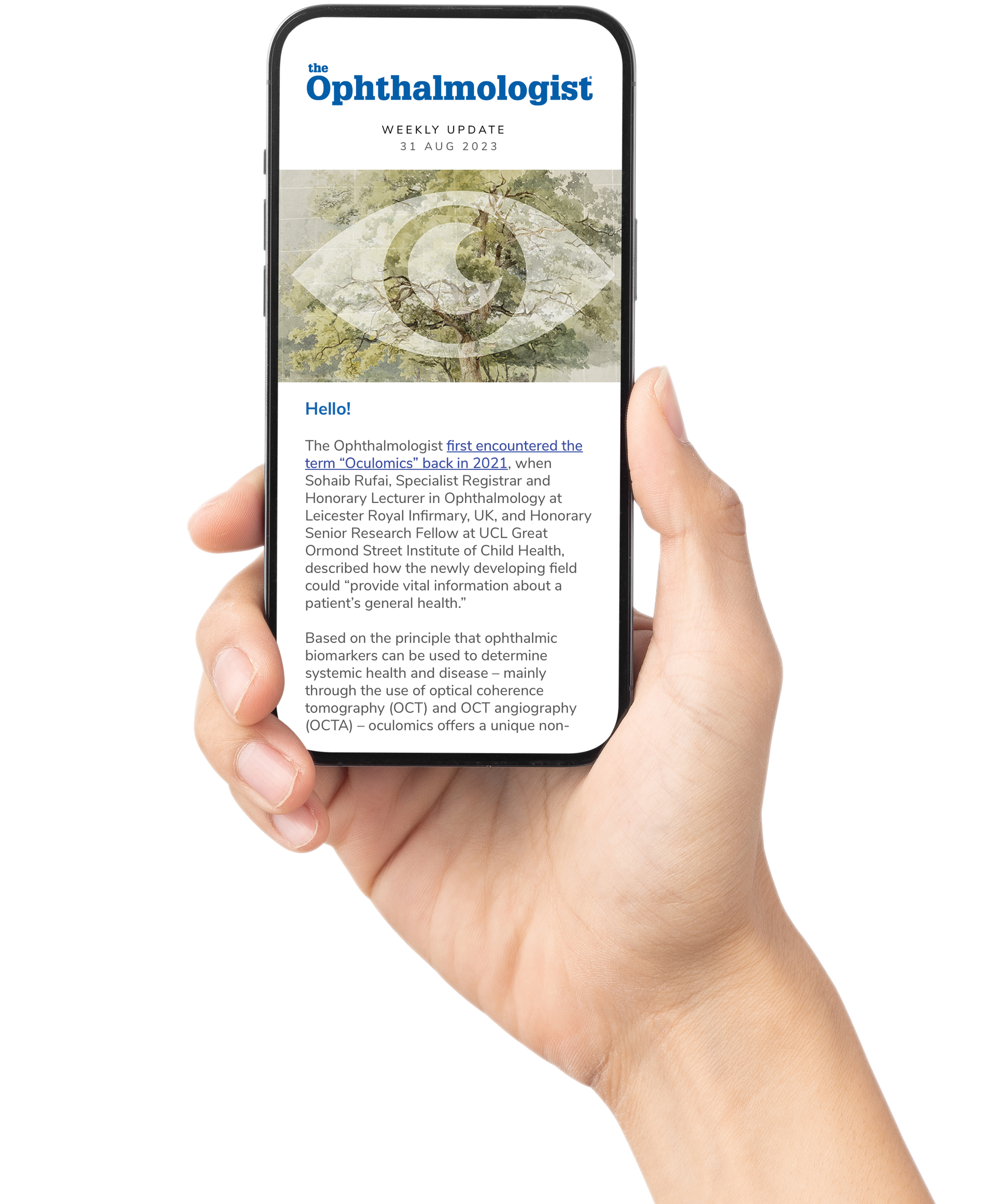At this year's European Society of Retina Specialists (Euretina) congress in Paris (4-7 September). a group of international retina experts released "Reframe GA," a white paper calling for a fundamental shift in the way geographic atrophy (GA) is defined, diagnosed, and managed.
Expand beyond lesion size: Disease burden is not fully captured by measuring atrophy growth alone. Other functional and structural changes, such as photoreceptor loss outside lesions, should be considered.
Prioritize functional outcomes: Patient-centered outcomes, including reading speed, contrast sensitivity, and visual independence, should take greater precedence over structural measures.
Recognize earlier disease impact: Subclinical changes and early functional decline may precede visible lesion enlargement and should inform treatment approaches.
Adopt a long-term perspective: Given the chronic and progressive nature of GA, care strategies should aim for long-term preservation of function rather than short-term metrics.
Integrate multimodal imaging and biomarkers: A combination of structural and functional markers will be needed to better guide treatment and monitoring decisions.
